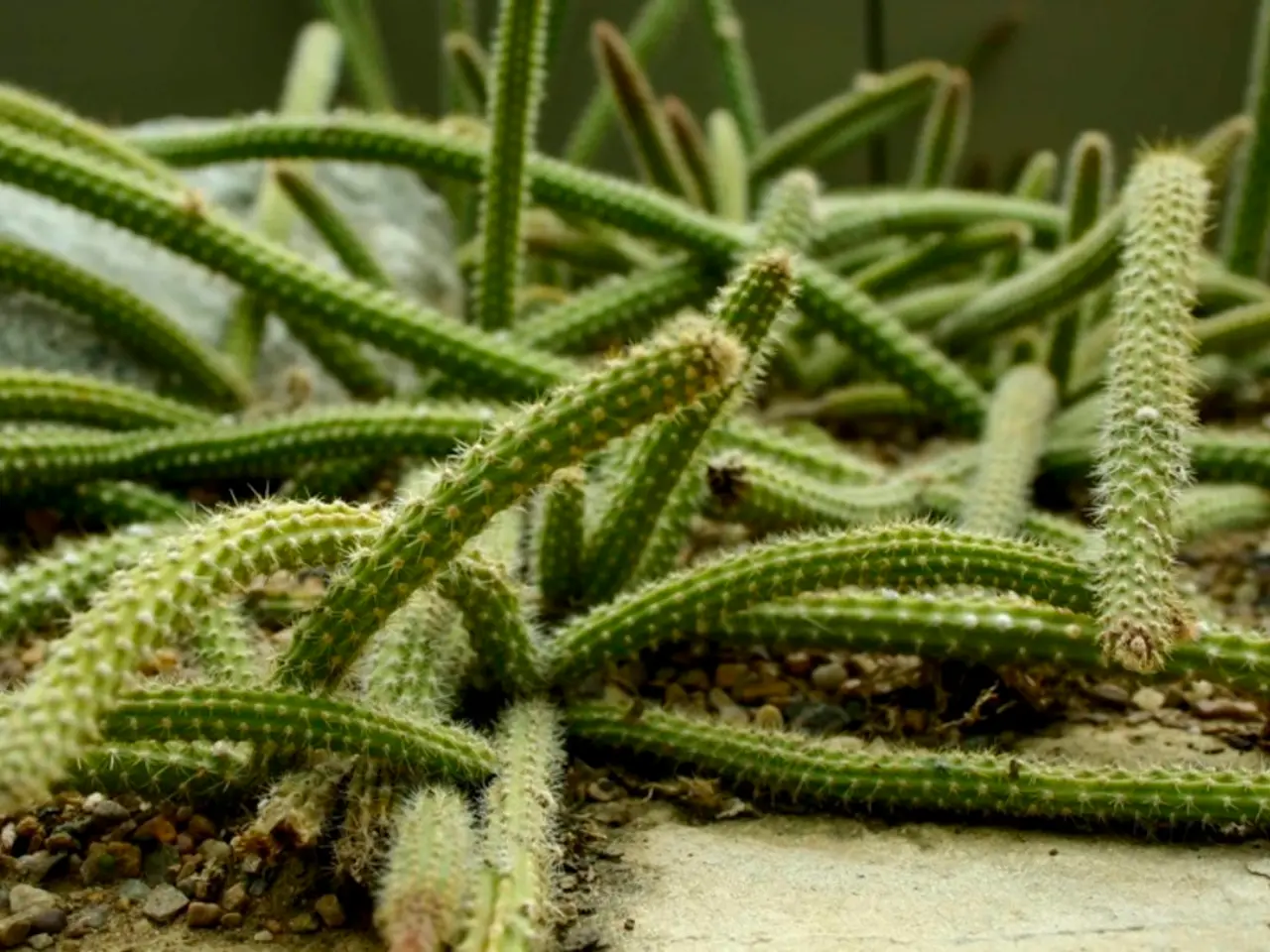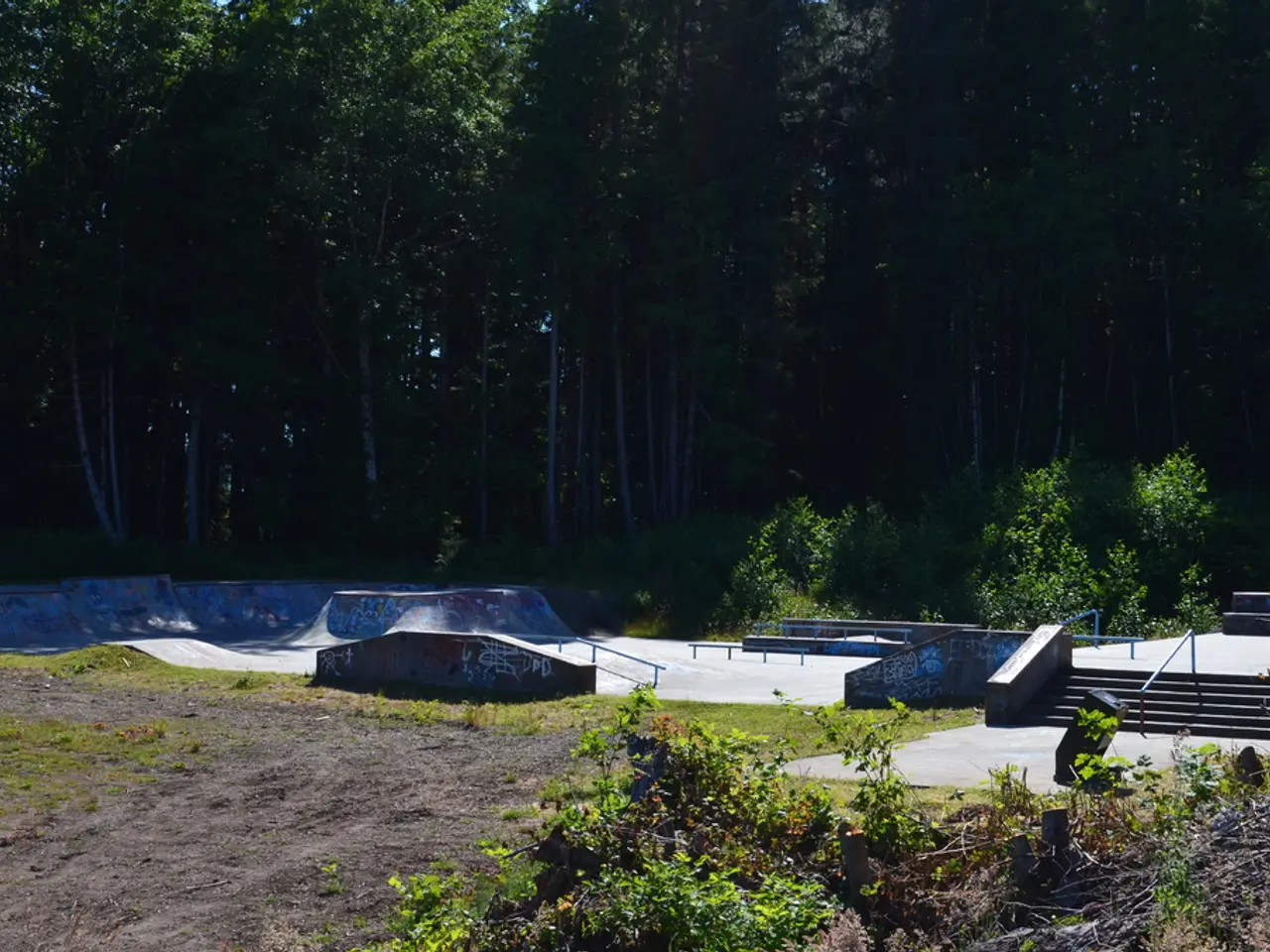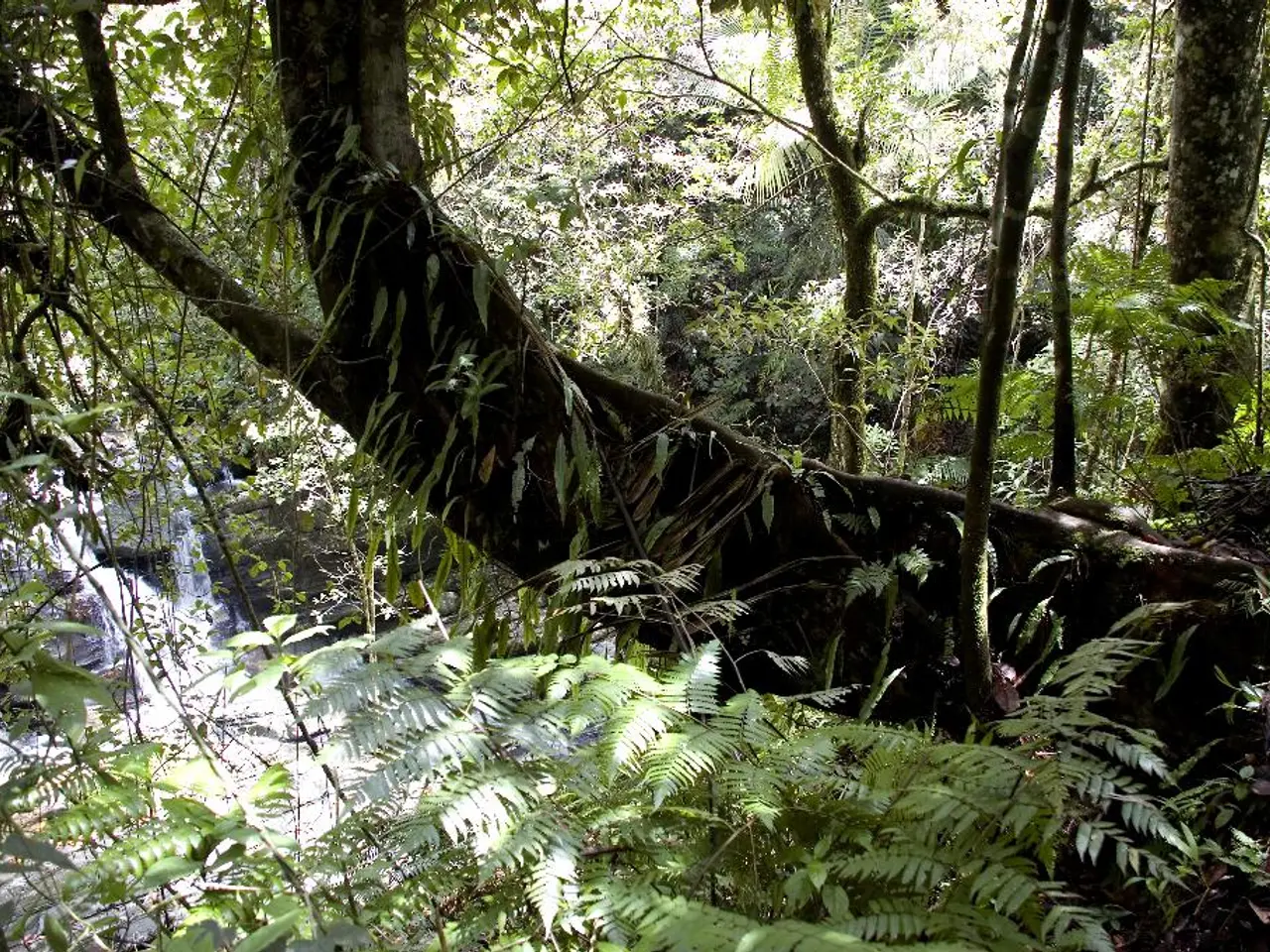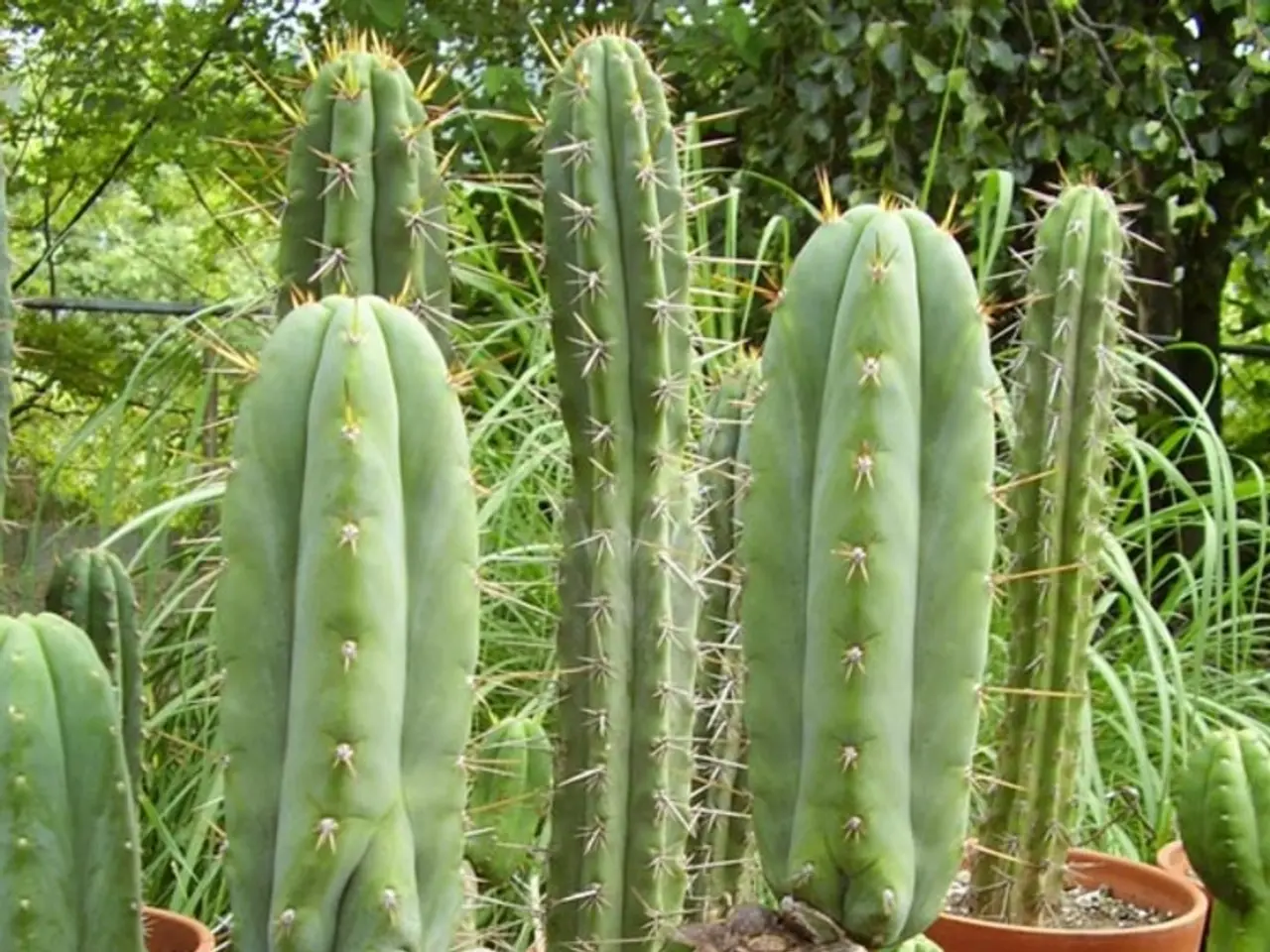Building a Desert Terrarium: A Comprehensive Guide + Creative Inspiration
If you've wandered the web seeking a crash course on assembling a stimulating desert terrarium with succulents or cacti, you might've noticed two distinct camps of thought. Some articles declare it's a cinch while others insist it's nearly impossible to make one that lasts. Let's dial back the hyperbole and learn how to craft your own beautiful, low-maintenance, and most crucially enduring desert terrarium.
Here's the full scoop:
What Desert Terrariums Really Are
Though it might seem obvious, a desert terrarium is designed with plants from desert climates. When it's done right, these cacti and succulent terrariums are absolutely exquisite. Their open containers allow for beautiful layering and vivid 3D designs. Though it's more accurate to describe them as planters, don't let semantics discourage you; as long as you have the will, there's a way!
Materials You'll Need
Choosing the Right Container
It's well-known that succulents and cacti prefer a little neglect, which makes you think that a closed terrarium might be ideal. However, these plants really need water to pass through them and then be able to dry completely. Hence, closed terrariums aren't the best choice. Go for a deep and wide glass container that facilitates ample airflow.
Drainage Matters
Overwatering cacti and succulents is a significant risk, and it's even greater in a terrarium setup. To address this concern, start with a drainage (or false bottom) layer. Use a breathable gravel or clay aggregate like Leca that absorbs water. Fill at least 1.5 inches of the bottom of your container with this material.
Selecting Your Plants
Though we've grouped succulents and cacti together so far, they do have some distinct requirements. However, the key to a successful desert terrarium is creating a harmonious blend of plants. Do some research on the climate conditions of your chosen plants to avoid any anomalies. Cross-reference their specific care requirements online to ensure everything is compatible.
Substrate Choice
Your substrate should be nourishing, porous, and well-aerated. Choose a pebbly or gritty mix to facilitate good drainage and quick drying.
Hardscaping Additions
Open containers present the perfect opportunity to showcase visually striking decorative elements like driftwood or dragon stone pieces. Just make sure these elements won't harm your plants.
Step-by-Step Instructions
Now that we've covered the essentials, it's time to assemble your stunning desert terrarium. Here's an easy-to-follow guide:
- Thoroughly clean your container with hot, soapy water and let it dry.
- Pour in your drainage layer and mesh layer if you're using it.
- Add your substrate layer, arranging it to create a natural look.
- Position your hardscape elements, starting with any large pieces.
- Dig gentle holes for your plants and carefully place them in, covering the base with substrate.
- Add any finishing touches like smaller decorative pieces or figurines. Consider topping with sand for added aesthetic appeal and to inhibit fungus gnat breeding.
Care and Maintenance
Your desert terrarium's success depends on proper care and maintenance. Remember that the main danger is overwatering. Cacti can be somewhat ignored, but this won't last forever. Periodically give your plants a small amount of water every few weeks. Be mindful of your watering routine as seasons change.
Desert plants typically require a high amount of light, so consider using grow lights if you don't have a suitable spot for natural light.
Over time, your plants' roots will grow stronger and may outgrow their planter. Trim off rotting or excessively long roots once a year or so to maintain a healthy setup.
Conclusion
With careful planning and attention to arid plants' specific needs, you can create a stunning and long-lasting desert terrarium. Hopefully, you no longer have to wince at the naysayers' overly dramatic opinions. Embrace these timeless designs, and enjoy a thriving miniature ecosystem showcasing succulents and cacti.
A delightful combination of desert plants, such as cacti and succulents, thriving in a well-ventilated home-and-garden terrarium, is an excellent addition to one's lifestyle, offering a visually stimulating and low-maintenance addition to one's home. By following the proper steps in creating a desert terrarium, including choosing the right container with ample airflow, ensuring proper drainage, and researching the climate conditions and care requirements of chosen plants, one can achieve a harmonious, long-lasting, and aesthetically pleasing garden within their home.




